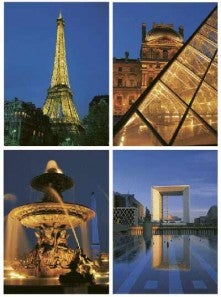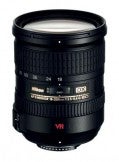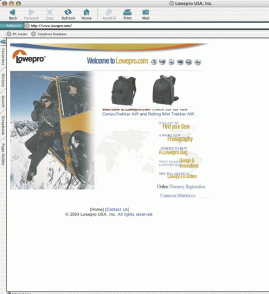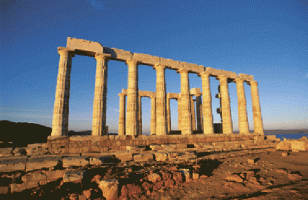Better Travel Photography: The essential guide to shooting abroad. Page 4

Lenses and viewpoint
How you approach the shooting of your subjects will largely depend on the lenses you’ve got at your disposal.
If you want to shoot historic monuments or the decorative front of an important building, then your results will look much better if a telephoto lens is used, rather than following the first instinct to shoot with a wideangle. Although large-scale subjects need to be crammed into your viewfinder and the obvious way of doing this is to use a wider lens setting, your shots will look much better if you walk back from your scene and shoot with a longer lens.
 Working up close makes architectural subjects get sloping sides, called converging verticals, and can twist your building into a distorted shape. Look through your viewfinder and frame your building tightly and try to minimise tilting your camera upwards.
Working up close makes architectural subjects get sloping sides, called converging verticals, and can twist your building into a distorted shape. Look through your viewfinder and frame your building tightly and try to minimise tilting your camera upwards.
Another important issue to consider when shooting on location is your shooting position, known as viewpoint. Most amateur photographs are shot from a standing position, but there’s no reason why you can’t shoot from a lower or higher angle at all. A simple raise of a few feet, or by shooting from a low angle, can have a dramatic effect on your composition. You’ll really start to see the world in a completely different light.
Tips and help
As well as the creative aspects of taking pictures on the move, there are a number of practical aspects to consider. Here are some of the most common:
Keep a journal
It’s very easy to forget where you were and what sights you’ve seen if you don’t keep a written journal. On your return home you can also incorporate your thoughts into a slideshow, album or exhibition of your work
 If in doubt, ask
If in doubt, ask
If you’re planning to shoot portraits of people and are uncertain of their consent, always ask permission first. You’ll get much more co-operation and you’ll also feel less like you’re taking liberties
Weather permitting
For those keen walkers and adventure sports enthusiasts, a good idea is to invest in a good weatherproof camera bag, so you won’t be worrying about ruining your kit. A good bag will also protect your memory cards and other delicate hardware during your shoot
www.lowerpro.com
One of the leading innovators in bag design. Check out its products suitable for travellers
Get connected
Even if you’re disappearing into the depths of the sub-continent, there will be a mains power converter and a laptop modem connecting kit that you can source so you can access the web and transfer image files during your trip.
An essential site for sourcing plugs, power and modem converters for most laptops and digital camera battery chargers covering most countries is www.laptoptravel.com
Check your work regularly
Review your work regularly. There’s always a danger that the wrong settings or a hardware fault could cause you to produce unusable images. Make a habit of checking your shots each evening so you can review your exposure technique
 Keep an eye on light conditions
Keep an eye on light conditions
When shooting on location, natural light is both your best friend and worst enemy. There’s no guessing just what position the light will be in when you arrive, but good conditions can make all the difference between an atmospheric or lifeless photograph.
When you’re shooting in historic towns and cities, good subjects are architecture and monuments, and these are best photographed early morning or late afternoon when overhead daylight is pitched at a more raking angle (as in the dawn photo above).
Flat-on direct light – just like the light you get from a photo-booth – is really unflattering and won’t describe the intricate shapes, details or texture of your subject at all. Although flash can be an option for shooting indoors, a good idea is to shoot an extra variation using just the available light with your camera placed firmly on a tripod.
Essential for maintaining the atmospheric quality of an interior, you may also consider experimenting with the White Balance setting to correct coloured artificial light or to leave it as it is.




